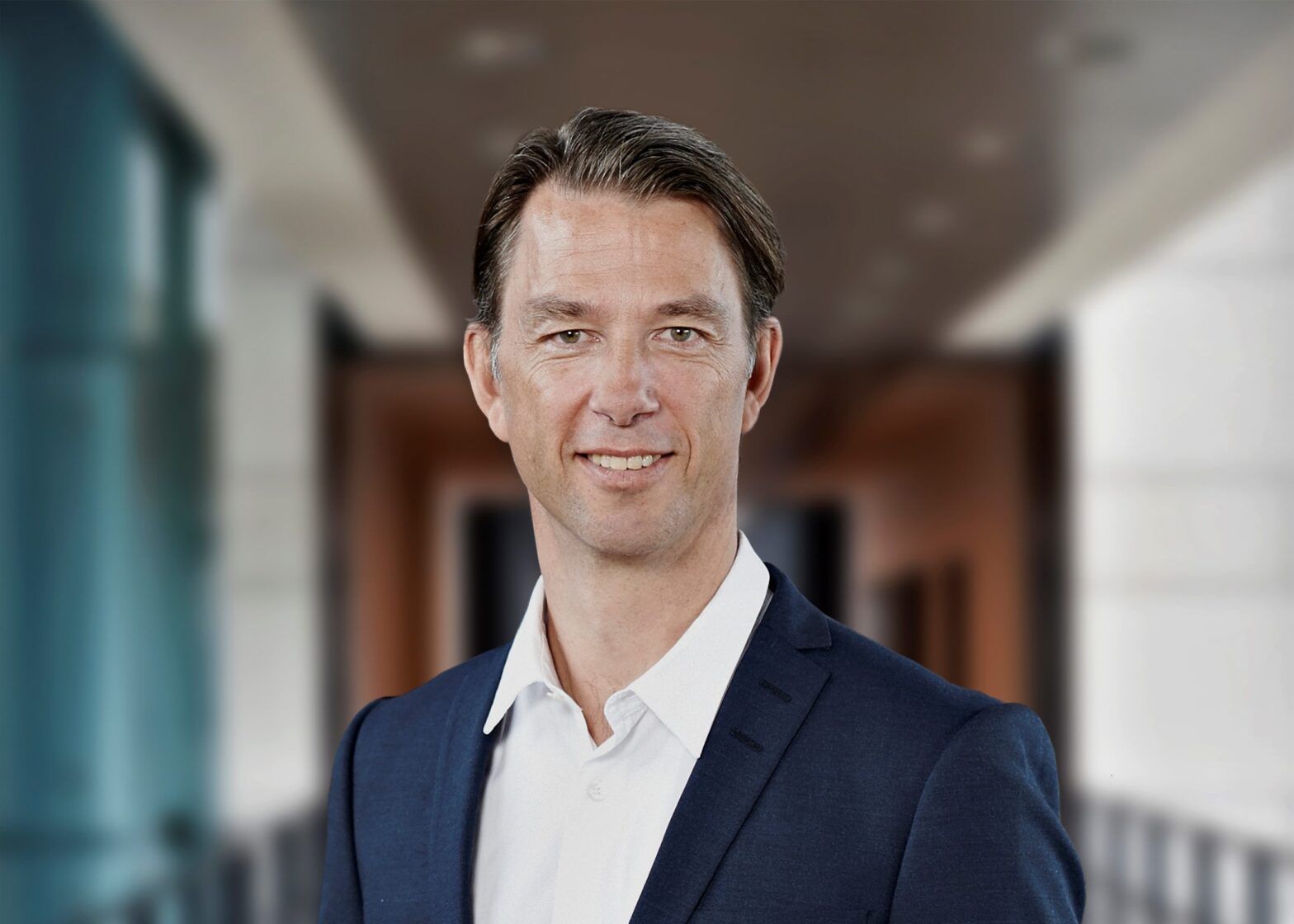The rapid growth of ESG over recent years has begun to be felt by companies active in areas of the market deemed ‘not green enough’.
This will buoy ESG investors, which have long been confronted with the critique that divestment has no effect on a company’s ability to finance itself.
However, while the shunning of heavy greenhouse gas (GHG) emitters by sustainability-minded investors is intuitively understandable, this stance can jeopardise the necessary climate transition.
High-emitting companies fall broadly into two categories. The first group consists of businesses – such as coal miners – that need to cease current operations and find new sources of revenue if the world is going to avoid a climate catastrophe.
The second group are companies that simply need to operate differently, such as utilities and cement producers.
It is vital for asset managers committed to ESG to engage with entities within the latter category, as the insights and encouragement offered by investors can be invaluable in efforts to accelerate real-world emissions reduction.
In addition, as many climate stragglers trade at historically cheap levels, the value investors can unlock by assisting decarbonisation is likely to be significant over the coming years.
However, unless this engagement is significant and sustained, no climate benefit or alpha generation is likely to be attained.
Here are three ‘climate sinners’ we expect to continue transitioning to ‘saints’ over the coming years.
Xcel Energy
With approximately 45 million tons of direct carbon emissions, major US electricity supplier Xcel Energy is among the world’s 30 largest GHG emitters.
As it currently owns and operates coal-fired power plants, accounting for roughly a quarter of the company’s total energy production, Xcel is often automatically overlooked – or outright excluded – by ESG-conscious investors.
However, as the first large US utility to set a net-zero target, Xcel is making efforts to be part of the solution – even if is still part of the problem.
Indeed, we have already witnessed rapid decarbonisation from Xcel, with the share of coal-fired electricity production dropping from almost 45% in 2018 to 26% in 2020, while the share from renewables increased from about 10% to 24% over the same period.
Moreover, Xcel has approved plans to retire eight coal-fired plants by 2030, which will again halve the company’s coal production capacity.
As the areas served by Xcel in the US are rich in terms of wind and solar potential, the accompanying switch to renewables is attractive – in terms of the climate and for financials.
While Xcel has already made significant progress in its transition process, our engagement with the company is focused on accelerating this progress further via the withdrawal of four additional coal plants by 2030.
We also want to encourage Xcel to apply for approval of its emissions reduction targets by the Science-Based Target initiative, as this would validate the company’s ambitions to a wider audience of investors.
ArcelorMittal
Responsible for roughly 9% of global emissions, the carbon-intensive steel industry is viewed negatively on ESG criteria, which means stocks in this space are unlikely to feature in many sustainability-focused investment strategies.
However, despite its emissions-intensive profile, the steel industry is a key structural enabler in the energy transition.
For example, an offshore wind farm or photovoltaic plant can require up to 10 times more steel per megawatt than a conventional coal or gas plant.
Even if this was not the case, a material as ubiquitous as steel cannot be ignored in the global decarbonisation drive. Its production must be rendered as low-carbon as possible, or global net-zero will be unattainable.
Multi-national steel manufacturing group ArcelorMittal, one of the largest steel producers in the world, understands the impact of ever-increasing carbon costs and is investing to create ‘green’ steel via the implementation of new hydrogen technology in the production process.
Still, despite its decarbonisation commitments, the company has only undertaken a few green steel production projects so far.
While encouraged by ArcelorMittal’s initial steps, we are engaging with management to understand the obstacles in the way of a widespread conversion of its production capabilities to low-carbon steel, and the options available for an acceleration.
Through efficient capital allocation and more ambitious emissions reductions targets, ArcelorMittal can become a leader in sustainable steel and further improve its position in the global steel market.
At the same time, it will become more attractive to a wider group of investors.
Solvay
The chemicals sector is another important contributor to GHG emissions. Here, Belgian company Solvay has a very carbon-intensive portfolio.
The diversified business serves several industries in focus when it comes to the energy transition – such as car manufacturers, industrials, and aerospace.
When meeting the company, the recently appointed CEO outlined a strategy to pivot the business.
Solvay is reallocating capital away from lower-growth and carbon-intensive commodities areas and into materials essential for the energy transition – including chemicals used in electric vehicle batteries.
In addition, it will decarbonise the legacy elements of its portfolio, including the soda ash business, which is a crucial input for glass making.
By moving with determination to execute this strategy, Solvay can convince the market of its decarbonisation credentials and its growth prospects.





